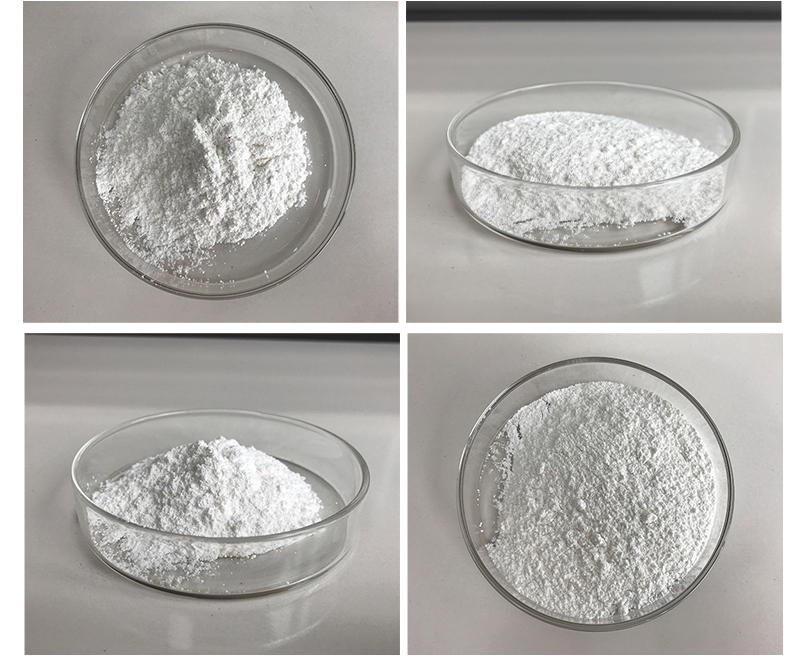Adenosine triphosphate (ATP) is a crucial molecule in all living organisms, often referred to as the “energy currency” of the cell. It plays a central role in various cellular processes, enabling the transfer of energy within cells. Here are the functions and benefits of ATP:

1.Energy storage and transfer: ATP stores and carries energy within cells. When energy is needed for cellular processes, ATP can be quickly broken down into adenosine diphosphate (ADP) and inorganic phosphate (Pi), releasing energy in the process. This energy transfer is essential for driving various energy-dependent cellular activities.
2.Cellular respiration: ATP is a key player in cellular respiration, the process by which cells convert glucose and other nutrients into usable energy. During aerobic respiration, glucose is broken down in the presence of oxygen to produce ATP through a series of chemical reactions.
3.Muscle contractions: Muscle cells rely heavily on ATP to enable muscle contractions. When muscles contract, ATP is broken down to provide the energy required for the process. This is crucial for various activities, from simple movements to complex physical tasks.
4.Active transport: ATP powers active transport processes across cell membranes. Certain substances need to move against their concentration gradients, which require energy. ATP provides this energy, allowing cells to transport essential molecules in and out of the cell.
5.Enzymatic reactions: Many enzymatic reactions in cells require ATP as a source of energy to proceed. The energy released during ATP hydrolysis helps drive these reactions, promoting cellular metabolism and growth.
6.Signal transduction: ATP is involved in cell signaling and signal transduction pathways. It can be used as an extracellular signaling molecule, affecting neighboring cells and modulating various physiological responses.
7.DNA and RNA synthesis: ATP is required for the synthesis of both DNA and RNA. The energy provided by ATP is essential for bonding nucleotides together during the replication and transcription processes.
8.Biosynthesis: ATP is involved in various biosynthetic pathways, such as the synthesis of proteins, lipids, and other essential cellular components. The energy supplied by ATP drives these synthetic processes.
Benefits of ATP:
1.Efficient energy storage: ATP allows cells to store and utilize energy in a highly efficient manner. It stores and releases energy in small, manageable quantities, which is beneficial for the precise regulation of cellular activities.
2.Rapid energy availability: ATP is readily available in cells, and its conversion to ADP and Pi releases energy rapidly. This quick energy release is essential for supporting processes that require immediate energy, such as muscle contractions.
3.Universal energy carrier: ATP is present in all living organisms, from bacteria to plants and animals. Its universality as an energy carrier enables a common energy currency across different organisms and cellular processes.
4.Regulation of energy usage: The controlled release of energy from ATP helps cells regulate their energy usage effectively. It ensures that energy is supplied only when and where it is needed, preventing wastage.
Overall, ATP’s functions and benefits are critical for the survival and proper functioning of all living organisms, making it a fundamental molecule in the field of biochemistry and cellular biology.
